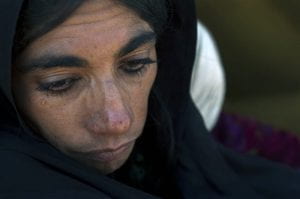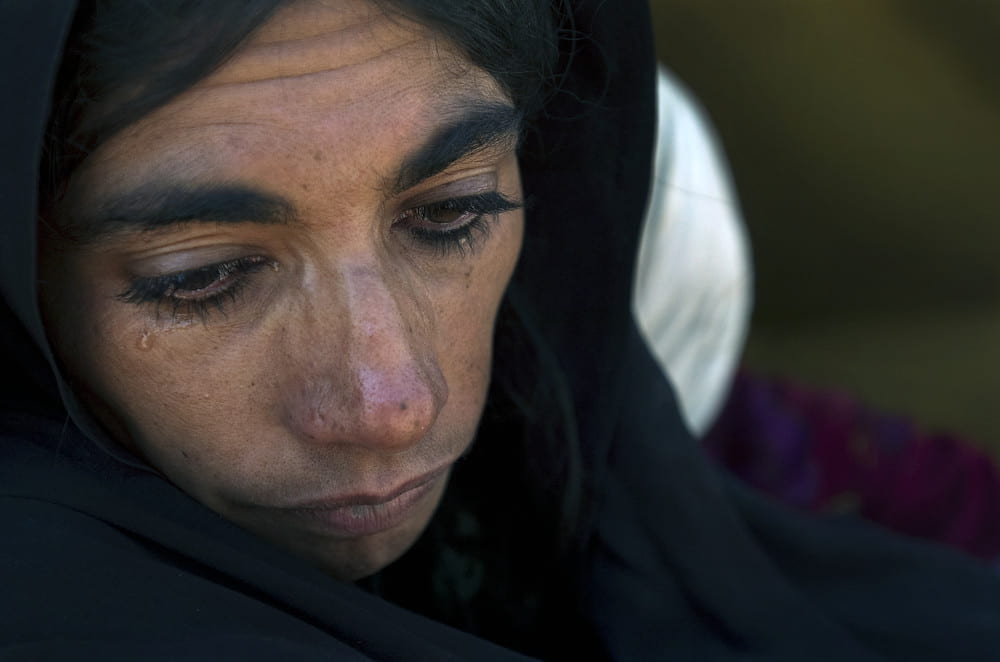by Grace Ndanu

It is believed that Gender Based Violence existed from long time ago as a result of male dominance and power, meaning women were left inferior. Generally GBV stops girls from reaching their potential, where by there is a lot of working to transform attitudes towards girls and women that perpetuate violence against them. That is why women are trying to negotiate with the men that they can be equal, but men want to maintain their dominance, which causes an increase in GBV cases.
GBV occurs almost everywhere now, and the girls and women are the victims. Stating at home, children’s vulnerabilities to violence stem from the fact that they depend on their parents or caregivers for their development health and wellbeing. Girls and young women often experience violence at home, from physical punishment to sexual, emotional or psychological violence. Acceptance of violence as a private affair often prevents others from intervening and prohibits girls and young women from reporting in the name of keeping the family name clean.
In primary and high school the violence rate is low unlike in the college and universities. This is because there are strict rules and supervision, which is not the case in colleges and universities around the world. While in college a girl is considered to be an adult. Also, her parents are far away, so anyone she has the freedom to do whatever she wants, including engage in sexual relationships. In these relationships the boys often want to take charge of girl’s life. At this point most of the girls already know their rights and hence they will never accept to be dominated. Unfortunately, this makes them vulnerable to gender based violence because the boys will still fight to maintain the “man’s “position in a girl’s life.
In the work place the top positions are designed for men, including the managers, directors and supervisors, while women are secretaries and cleaners. Gender based violence is likely in situations where a qualified female is expected to perform sexual favors to management in order to get a promotion.
Gender based virulence is also a rising issue in online spaces with girls and young women reporting harassment and abuse. For many girls, there is a pressure to leave online platforms. I am opposed to this because these are the places where most girls and young women get to know their capabilities and strengths through interaction with different types of people. But girls need to be careful in these spaces.
Gender based violence occurs in all parts of the world, but the risk is higher where violence is normalized and where rigid concepts of gender exist. In many cultures, especially the developing countries, violence towards girls and young women is accepted as a social norm. Here comes a saying of an African woman who is strongly tied to culture “a husband who does not beat his wife does not love her”. And the woman herself will ask her husband to beat her. This must be challenged as a matter of urgency, the blame, shame and stigma faced by victims must be eliminated.
Violence should never be a private matter and everyone should be aware of this starting from the youngest to the oldest. So that it can be challenged. Ending GBV will involve action at all levels; strengthening legislation and criminalizing the violence, challenging social norms that condone violence and prosecuting the perpetrators.
Children should learn about gender equality at school, just as it is important to promote integrational dialogue on violence against children. Community dialogue can challenge dominance that brings about gender based violence.
Everybody has a responsibility to promote and strengthen values that support nonviolent, respectful, positive gender equitable relationships for all children and adolescents, including the most vulnerable and excluded.
Young girls and women are encouraged to speak up about the issues they face which embolden them to speak up for change. On the other side young men are encouraged to identity and challenge harmful and negative masculinities that perpetuate discrimination and violence.

